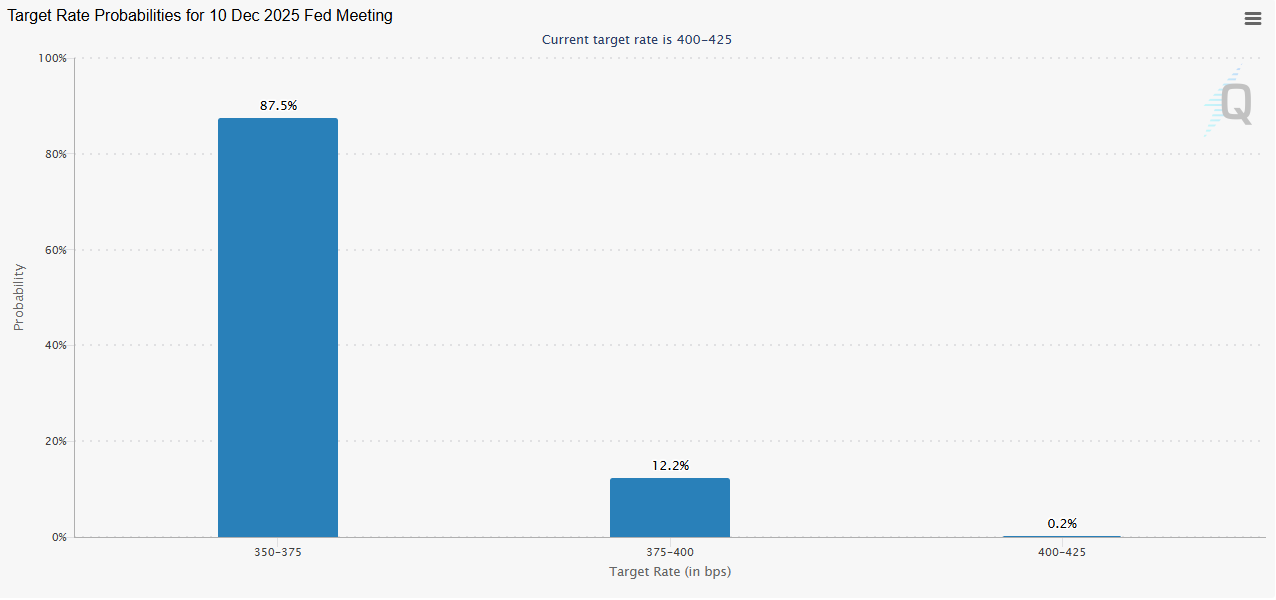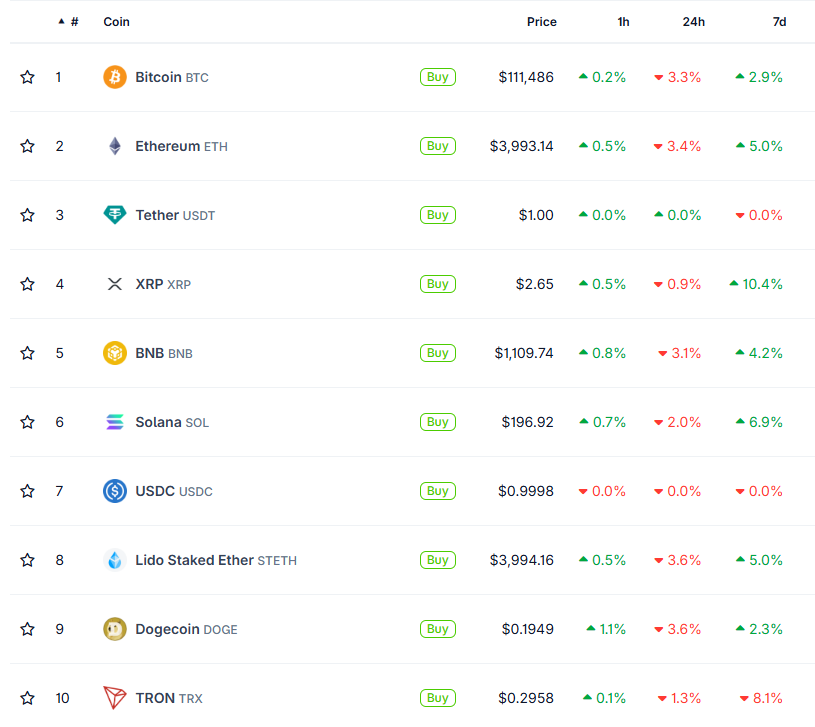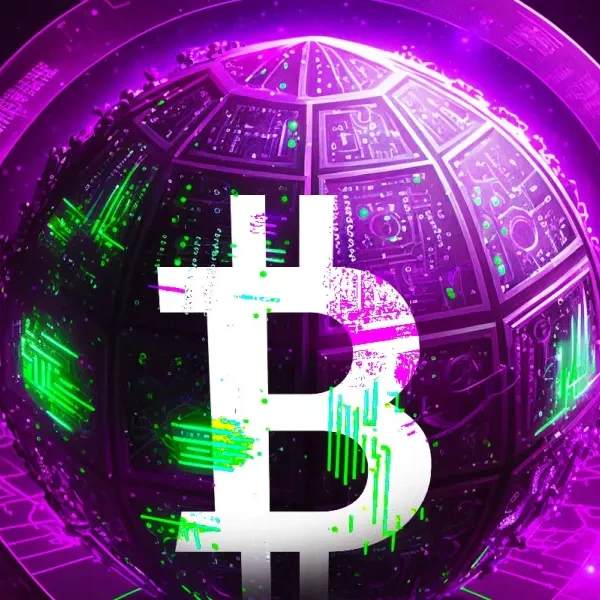Federal Reserve Lowers Interest Rates, Ends Balance Sheet Reduction
The Federal Reserve cut rates by 25 bps to 3.75–4.00% and ended QT early, signaling cautious easing amid rising labor market risks.
The Federal Reserve lowered its benchmark interest rate by 25 basis points to 3.75–4.00% on Wednesday, marking its second rate cut this year.
The central bank said economic growth remains moderate while job gains have slowed and unemployment has edged up. Inflation, however, remains “somewhat elevated,” keeping the Fed cautious about further policy easing.
Fed Balances Inflation and Labor Market Risks
The decision also confirmed that the Fed will end quantitative tightening on December 1, effectively pausing its balance sheet reduction earlier than expected.
The statement highlighted growing downside risks to employment, a shift from prior meetings that focused mainly on inflation.
The Fed said it will assess future policy “based on incoming data” and the “balance of risks” to its dual mandate.
Chair Jerome Powell and most committee members backed the move, while two dissented. Stephen Miran supported a deeper 50 bps cut, citing weaker job data.
 Market Expectations For December Rate Cuts. Source:
Market Expectations For December Rate Cuts. Source:
Economic Context
Available indicators show that growth continues at a moderate pace, but key labor measures are softening. The unemployment rate remains low, though the Fed acknowledged it has risen slightly since the summer.
Inflation has picked up since early 2025, reinforcing concerns that prices could stay above the 2% target longer than expected.
Futures markets now price a 70% chance of another 25 bps cut in December.
However, Powell is expected to stress a data-driven approach at the press conference.
Outlook for Crypto Markets
The policy shift may bolster risk appetite in the short term. Bitcoin and major altcoins often benefit when liquidity expands and bond yields fall.
Major KOLs such as MicroStrategy’s Michael Saylor and Robert Kiosaki earlier predicted Bitcoin price to go beyond $150,000 by the end of 2025.
However, persistent inflation could limit broader enthusiasm. If inflation expectations rise again, risk assets—including crypto—may face renewed pressure from stronger dollar flows.
 Crypto Market Remains Unresponsive To the Expected Rate Cuts. Source:
Crypto Market Remains Unresponsive To the Expected Rate Cuts. Source:
Analysts say the balance between easing and inflation will define the next phase of the crypto market.
Sustained liquidity support could lift Bitcoin above key resistance levels, while a hawkish tone in December may reverse those gains.
Disclaimer: The content of this article solely reflects the author's opinion and does not represent the platform in any capacity. This article is not intended to serve as a reference for making investment decisions.
You may also like
Dalio interprets "When Will the Bubble Burst": Stock Market Bubble + Huge Wealth Gap = Enormous Danger
Dalio stated that the US stock market is currently in a bubble. A bubble does not burst simply because valuations are too high; historically, what truly triggers a crash is a liquidity crisis.

Bitcoin implodes as volatility from Big Tech, AI bubble fears, spreads to crypto

How does the leading player in perpetual DEX view the future trend of HYPE?
If you believe that the trading volume of perpetual DEXs will continue to grow, then HYPE is one of the purest and most leveraged ways to capitalize on this trend.

Privacy Meets Social Trust: How UXLINK and ZEC Are Building the Next Generation of Web3 Infrastructure
As ZEC advances compliant privacy and UXLINK builds real-world social infrastructure, the industry is moving towards a safer, more inclusive, and more scalable future.

